
Over the last several months my co-founder Chirag and I have spent a lot of time thinking about micro-learning as we build our startup, Lrn. We are big supporters of the micro-learning format -specifically on mobile- and believe it can make educational content easily accessible to a global audience.
In this post we hope to shed some light on the current trend and why micro-learning makes a ton of sense right now.
What is Micro-learning?
Micro-learning is learning in short, focused bursts of information. For example, a typical micro-learning activity could be viewing a flashcard, memorizing a word, listening to a short podcast, watching a brief video or answering a series of questions in a quiz.
Why Micro-Learning
There are several key trends that are driving micro-learning adoption. Here are a few of them:
-
Decreasing Attention Spans
Right now the average human has an attention span of eight seconds. In a world where we consume content in status updates and 140 characters, it only makes sense that our educational content would be distributed in the same, micro-manner.
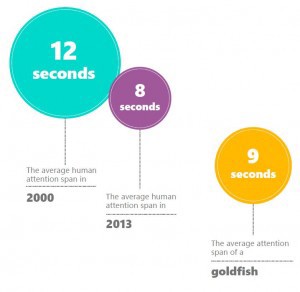
2. No Videos or Internet needed
Only 25 percent of the world has access to 3G networks, which limits global accessibility to the internet and thus the ability to stream videos. Most micro-learning applications do not rely on video content and allow you to download content for offline use, anytime, anywhere.
3. Mobile as the platform
Mobile recently eclipsed desktop as the dominant platform and in the next three years billions of new mobile users will come online. Micro-learning is all about accessibility and bite-sized content, both of which are optimal for a mobile device. This allows users to learn when it is convenient for them, even on your morning commute :)
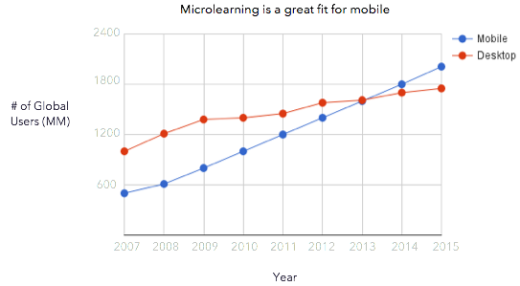
4. Google’s Involvement
Not only has Google created it’s own micro-learning app, Primer, but they have also led Duolingo’s latest investment rounds. The support of Google adds legitimacy to this up and coming market opportunity.

There are also several highly successful mobile micro-learning apps, you may just not think of them as “micro-learning.”
There is 2013 iOS app of the year, Duolingo, which is “micro-learning for foreign languages”:
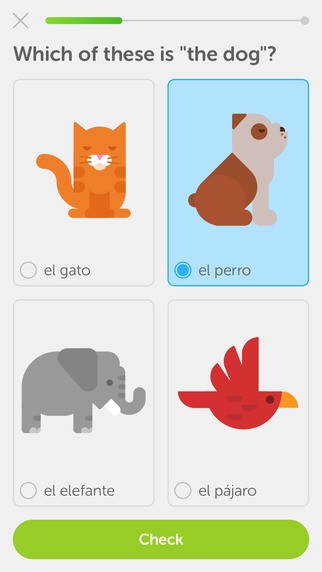
There is Primer, which is “micro-learning for marketing” and made by Google:
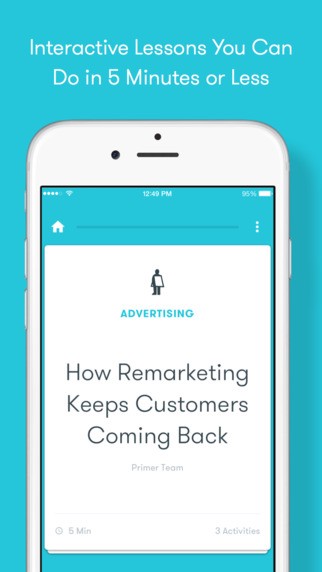
There is Chegg’s flashcard app, which uses elements of micro-learning:
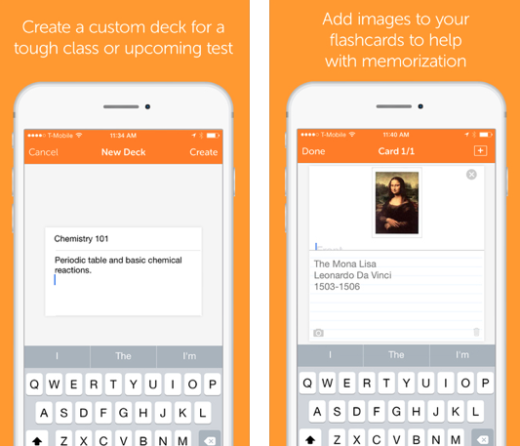
We have built our own application, Lrn, which is “micro-learning for programming,” and in the future much more:
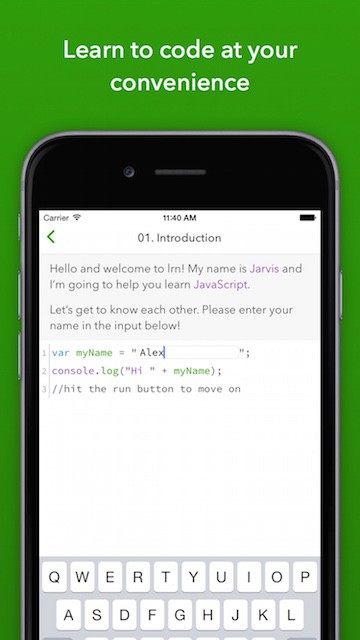
The Future & Lrn’s Role
Micro-learning is going to be big. With the support of companies like Google & rapid mobile adoption it is clear micro-learning can become widely adopted.
We hope to contribute to this movement with Lrn, as our vision is to apply the micro-learning format to all university courses, starting with computer science. It will be very exciting to see what happens in the space over the next 5 years and hopefully how we can contribute to it.
Read Next: Why micro learning is educating the ADD generation
Image credit: Shutterstock
Get the TNW newsletter
Get the most important tech news in your inbox each week.





